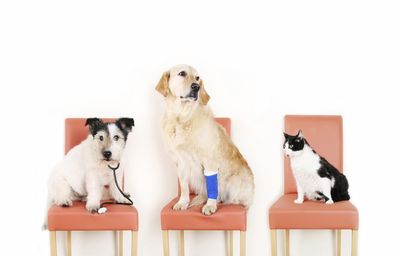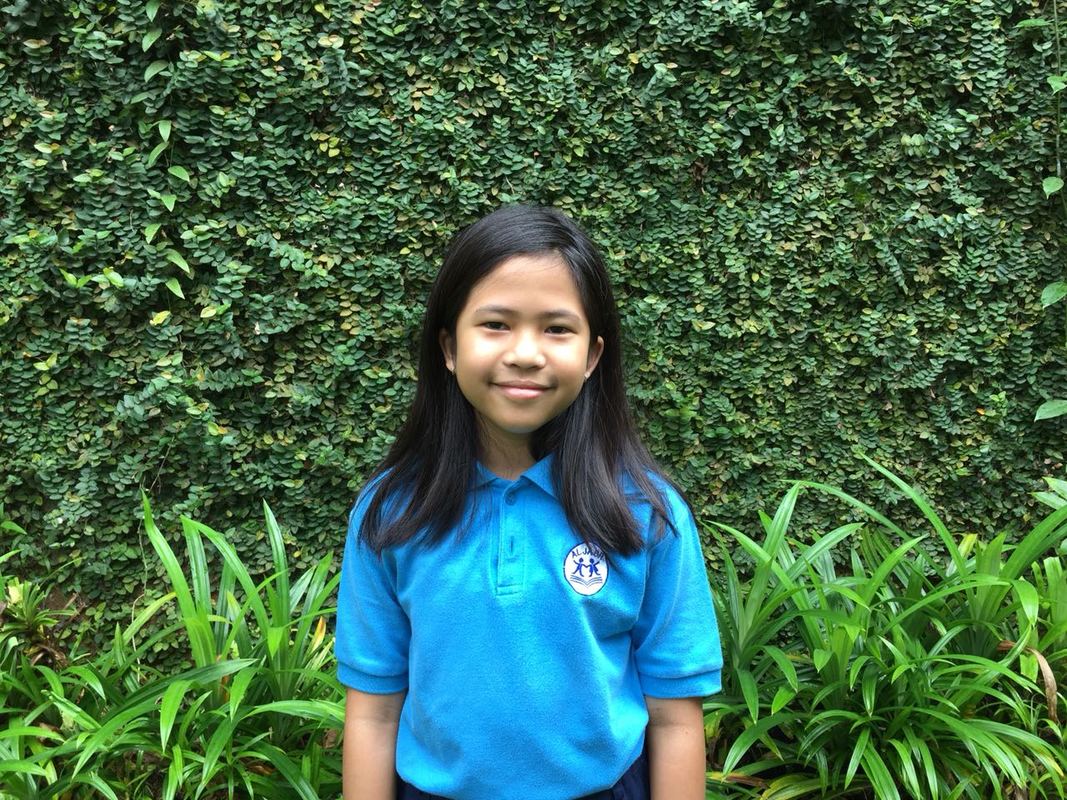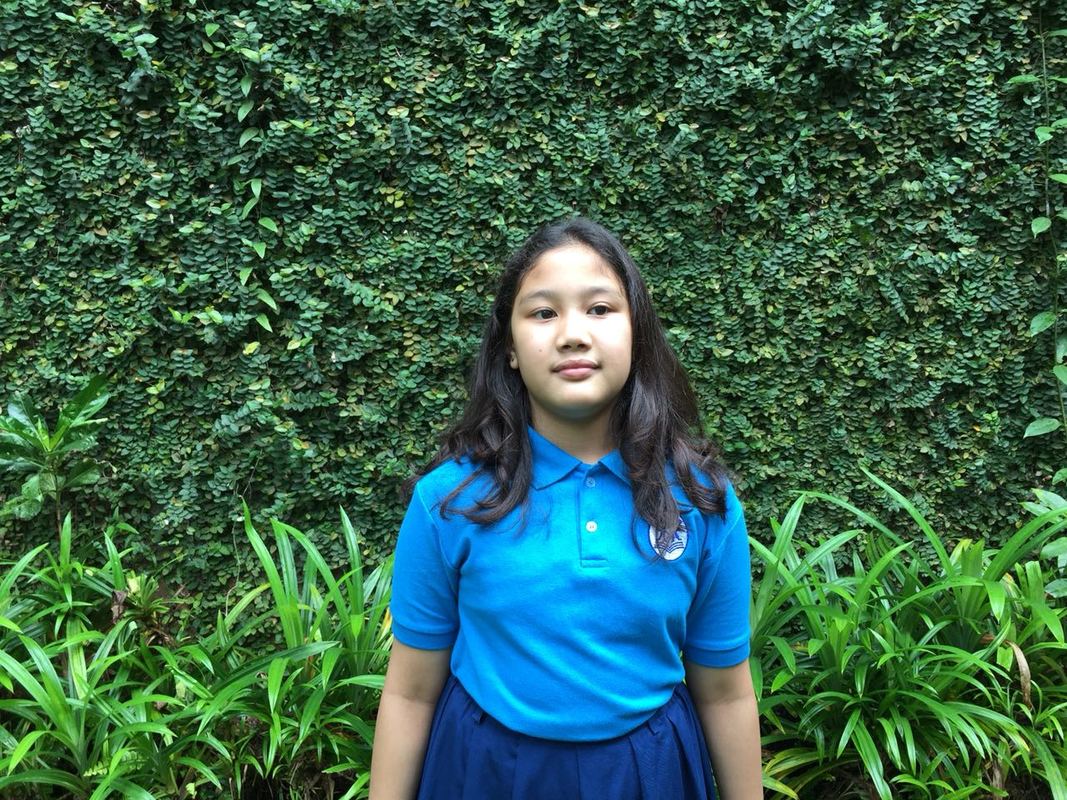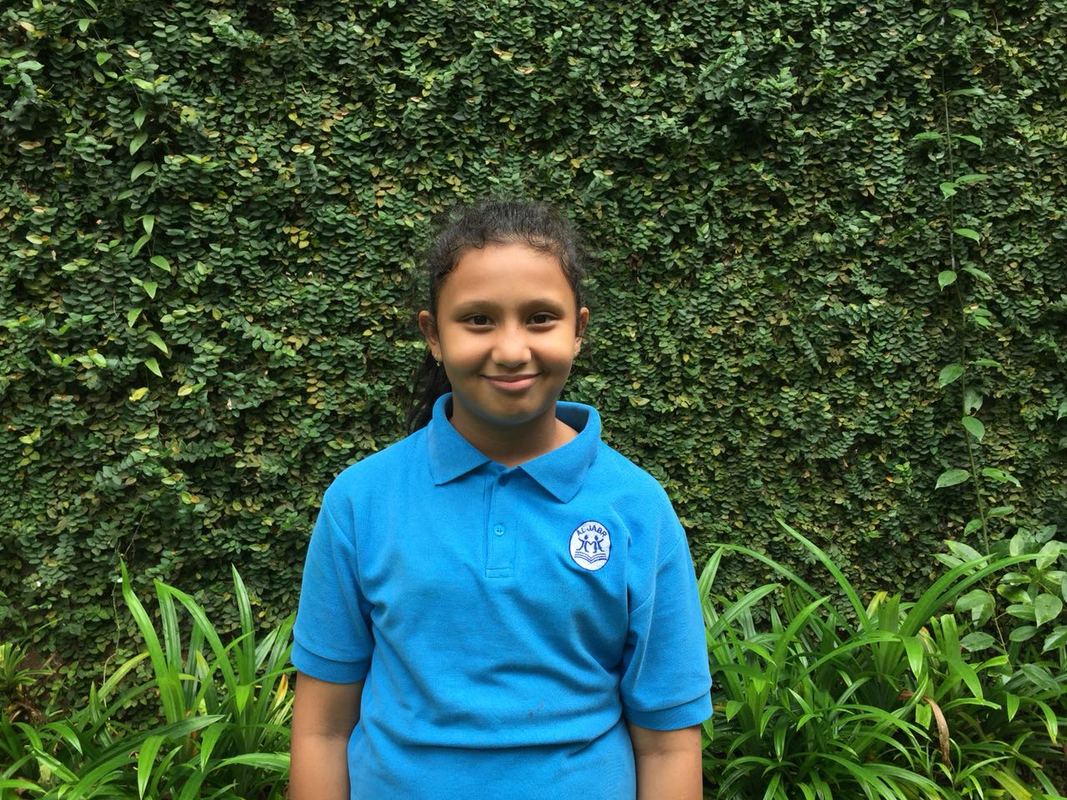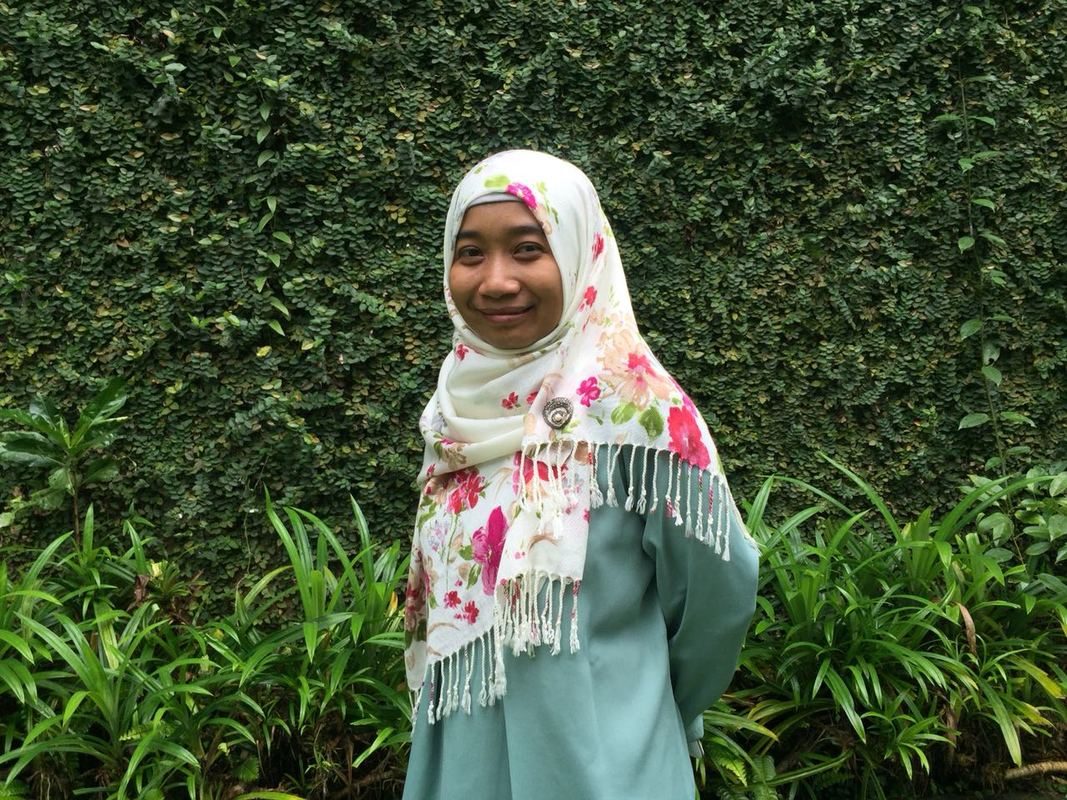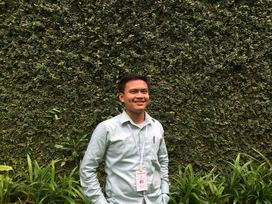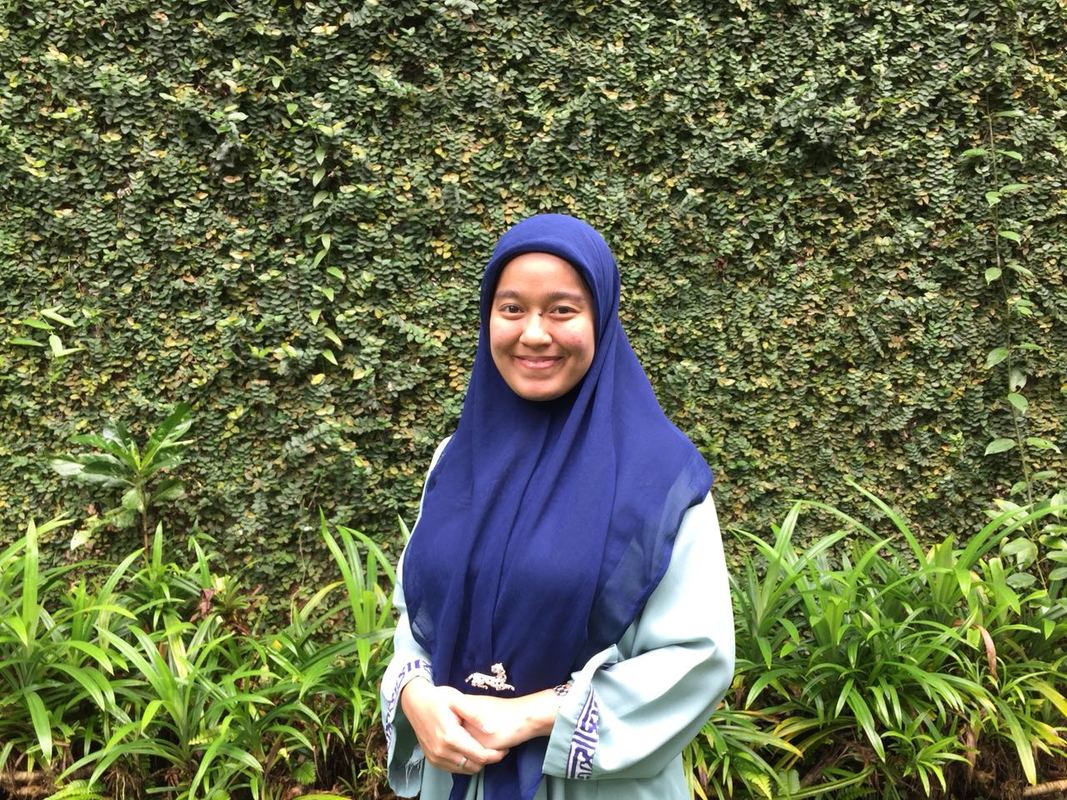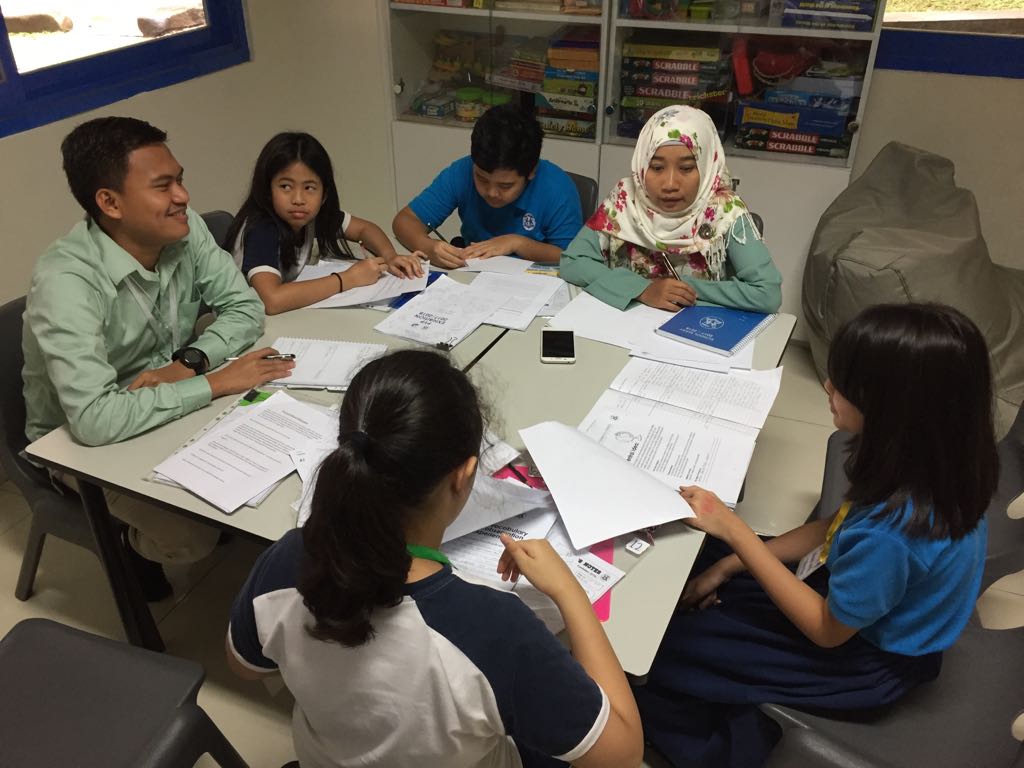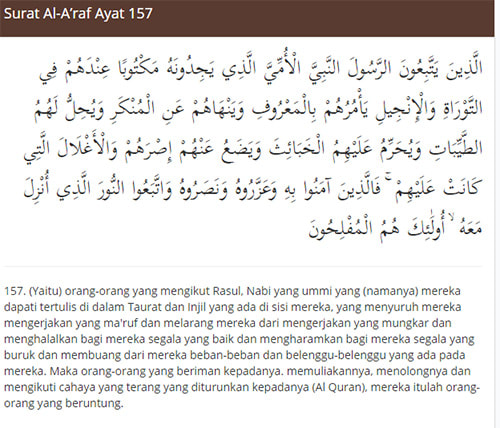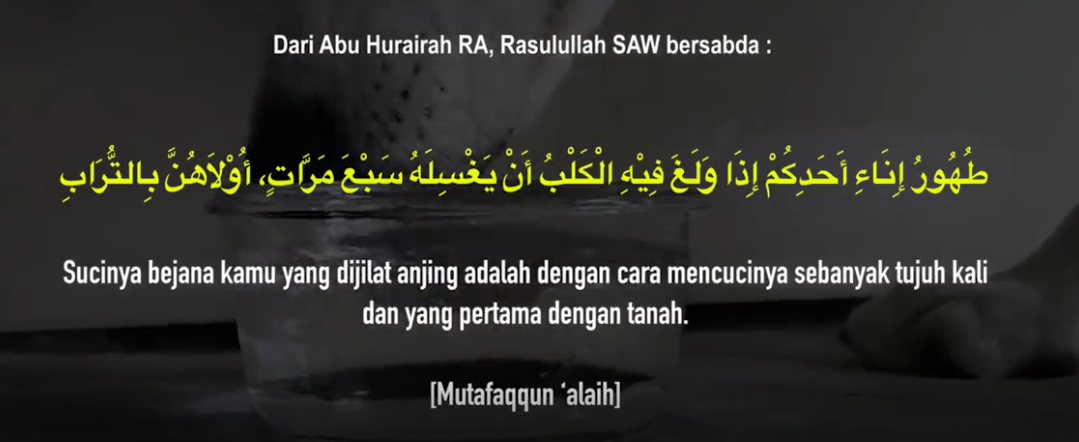zoonosis
students
Mentors
tuning in
Exploring, wondering, and questioning (what, where, when, why, how)
|
Zoonosis is a disease that can be transmitted to humans from animals. Transmission occurs when an animal infected with bacteria, viruses, parasites, and fungi comes into contact with humans.
Over 200 diseases are currently classified as zoonoses. Common examples include tick-born illnesses such as Lyme disease, wildlife-transmitted illnesses such as rabies, farm animal-transmitted diseases such as bovine tuberculosis from cattle, and mosquito-transmitted diseases such as West Nile virus, malaria, and yellow fever. Zoonotic diseases can be global, or they can be inherent to a specific region of the world. The number of zoonotic diseases may increase as rates of worldwide travel, globalization of markets, and human destruction of animal habitat continue to rise. https://www.news-medical.net/health/What-is-a-Zoonosis.aspx After few discussions, the students decided to make a research about zoonosis from dogs and cats so they can relate it to their daily life as a pet owner. They also regard this issue as a worthwhile knowledge to prevent them from getting infected by the diseases. |
Finding out
Collecting data and reporting findings
|
A. Reading articles about zoonosis
From articles, students have gathered information and make a summary about the common diseases that can be transmitted from dog/cat to human. The diseases which they found are taxoplasmosis, rabies, scabies, leptospirosis, roundworm, and etc.
B. Visit Jangki Petshop to interview a veterinarian, drh. M. Rizky Putra
After students interviewed drh. M. Rizky Putra, they got new knowledge about the common diseases that can be transmitted to human from dog/cat. The most spreadable and contagious dog/cat's disease which transmitted to human is scabies. The treatment to cure scabies in dog/cat, Veterinarian will shot a vaccine twice in two weeks. In human, scabies can be cured by applying scabimite or salicylic 2.4 acid cream to human body.
Toxoplasmosis is caused by parasite, toxoplasma gondii. It can be found in under cooked meat, contaminated water and cat feces. People think that cat is the main cause of transmission of toxoplasma in human, but drh Rizki said that only 13% of cases are caused by cats. Toxoplasmosis can be deadly or cause serious birth defects for a fetus if the mother become infected. Drh Rizki said we have to keep our pets properly. Pets should be vaccinated regularly, keeping the cage clean and do not let the dogs and cats sleep with us. He added that people should care about the animals living in the neighborhood, to avoid its infected and spread zoonosis. |
C. Visit RS Puri Cinere to interview dr. Christever Simatupang
To get information about the impact of diseases transmitted by dogs and cats in humans, students interviewed dr Christover. They collected information how to treat when human infected with rabies, scabies, toxoplasmosis and lespirosiroses.
Rabies can be transmisted from dog bites. When a person is bitten by a dog, first aid is to wash the wound with soap, wash it with running water and apply betadine. and Then immediately went to hospital to get anti rabies serum and anti rabies vaccine (VAR/SA). Not all hospital provide the serum/ vaccine, its can be obtained in RSUD Tarakan Jakarta and IHIC. Leptosirosis is caused by bacteria of the genus leptospira. It can be transmitted to humans throughout cuts and abrasions of the skin with water contained with urine of infected animals (dogs, cats, rat). Treatment leptospirosis is treated with antibiotic such as penesilin or doxycycline. Dr Christover said that preventation is better than treatment. The easiest and cheapest way to avoid getting infected with zoonosis is to get a healthy life style. Such as washing hands before eating, maintaining body hygiene, eating healthy foods and keeping the environment clean. dr.Christever also taught them steps to wash hands through singing and clapping together. The steps are similar to this video.
D. Direktorat Jenderal Pencegahan dan Pengendalian Penyakit
The students visited Direktorat Jendral Pencegahan dan pengendalian Penyakit to get data about government programs to prevent zoonosis. They found that Kementrian Kesehatan has lot of program to socialize the prevention and treatment from rabies. They educated the communities about rabies through games, flyer, counseling, and etc.
|
Sorting out
Clarifying existing ideas and reappraising perceptions of events
What information is relevant to my questions?
Students sorted the information they have from the resources.
From the field trips the students got a lot of information and data. Some of the information are relevant to their research and some aren't. The data have deepened and enriched their understanding of zoonosis. Some of the information have changed their perception about zoonosis from dog's and cats.
Students sorted the information they have from the resources.
From the field trips the students got a lot of information and data. Some of the information are relevant to their research and some aren't. The data have deepened and enriched their understanding of zoonosis. Some of the information have changed their perception about zoonosis from dog's and cats.
Six Thinking Hats
going further
Experimenting and playing with possibilities
|
|
From the resources, it stated that the dog's saliva has more colony of bacteria than the cat's saliva. They want to prove the statement by conduct an experiment. They took the dogs and cats saliva with the cotton buds and streaked it to PCA (Plate Count Agar) mediums. They labeled the data to the mediums and incubated the mediums in warm condition to nurture the bacteria.
|
Experiment
Compare Colony of Bacteria in Dog's Saliva and Cat's Saliva
Question
Which one contains more bacteria, dog's saliva or cat's saliva?
Hypothesis
Dog's saliva have more colony of bacteria than cat's saliva
Material
Plate Count Agar (PCA)
Sample (dog's and cat's saliva)
Spiritus
Label
Warm condition 30-32 C
Procedure
1. Inoculate sample from dog's and cat's mouth with cotton buds
2. Streak sample to Plate Count Agar
3. Label plate with the information (date and type of sample)
4. Incubate plate count agar in a warm condition 30-32 C
Result
Compare Colony of Bacteria in Dog's Saliva and Cat's Saliva
Question
Which one contains more bacteria, dog's saliva or cat's saliva?
Hypothesis
Dog's saliva have more colony of bacteria than cat's saliva
Material
Plate Count Agar (PCA)
Sample (dog's and cat's saliva)
Spiritus
Label
Warm condition 30-32 C
Procedure
1. Inoculate sample from dog's and cat's mouth with cotton buds
2. Streak sample to Plate Count Agar
3. Label plate with the information (date and type of sample)
4. Incubate plate count agar in a warm condition 30-32 C
Result
|
|
|
|
|
|
Conclusion
Dog's Saliva has more colony of bacteria than cat's saliva
Dog's Saliva has more colony of bacteria than cat's saliva
Making connection
Analyzing and linking to themselves and their environment
Taking and devending a position
Taking and devending a position
taking action
Solving problems in a variety of ways
Making an informed decision to do something
Making an informed decision to do something
Student's Action:
1. Share knowledge to grade 1, 2, 3, and 4 about zoonosis through workshop. The content are:
- How to take care our pets
- Maintain lifestyle with pets
- Prevent and treatment for zoonosis
Workshop Activities:
1. Presentation about zoonosis
2. Play zoonosis board game that requires rules, questions, and answers.
3. Having a library corner with zoonosis book from department of health
4. Sing a song together to share how to wash your hands properly
1. Share knowledge to grade 1, 2, 3, and 4 about zoonosis through workshop. The content are:
- How to take care our pets
- Maintain lifestyle with pets
- Prevent and treatment for zoonosis
Workshop Activities:
1. Presentation about zoonosis
2. Play zoonosis board game that requires rules, questions, and answers.
3. Having a library corner with zoonosis book from department of health
4. Sing a song together to share how to wash your hands properly
|
|
|
ZOONOSIS BOOK

